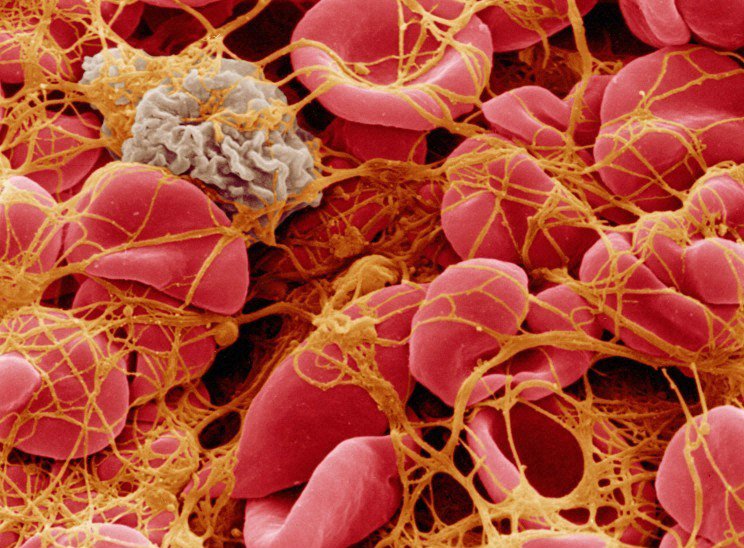Optional nanoparticles

The coacles easily break down in contact with the tPA. However, it is difficult to get to where the clot is. To overcome this challenge, a team at Harvard University has published in the journal Science a method of conductive nanoparticles. At present there are two main ways to undo the coacles, one is to inject a medicine that relieves the blood and that can cause bleeding, and another is to use a stent that involves inserting a flexible cable into the clot area and physically breaking the clot. Now, the nanoparticle method could become an effective substitute for both.
Blood platelets have been the inspiration for this work. In fact, the work of platelets is not the destruction of codules but the opposite, but they have a very interesting feature: their activation system where necessary. It is a matter of fluid dynamics; fluid flow is different in a healthy vessel and in a damaged vessel. From the first to the second considerably increases the physical parameter called cutting voltage. Platelets activate the changes of this tension, once activated they stick to the tube and begin coagulation.
In fact, in a blood vessel blocked by a clot, the cutting tension changes drastically and from there scientists from Harvard University have departed. They have generated nanoparticles of less than 100 nm that join each other forming a kind of ball the size of a platelet. This structure is broken by the variation of the cutting tension, particles are detached and attached to the cells of the clot.
Harvard scientists have had great success with mice associated with the tPA protein that dissolves the clot in particles. One of the keys to success is that nanoparticles are formed by a biodegradable polymer and that the body itself metabolizes them. Now, the Harvard team begins the next step: testing in humans.
Buletina
Bidali zure helbide elektronikoa eta jaso asteroko buletina zure sarrera-ontzian











